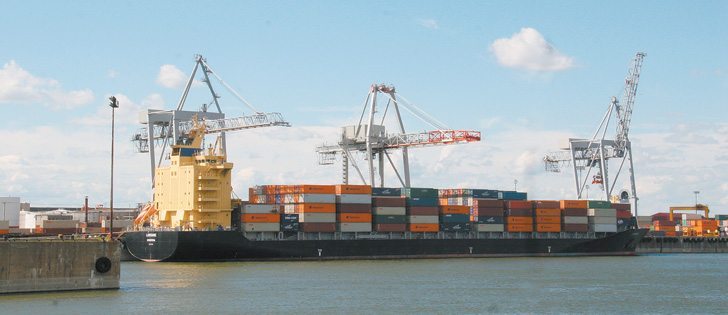The lineup at the parts counter was long and many of the farmers were impatient.
Behind the desk, three people were rushing around trying to serve each customer in turn, but there’s nothing simple about farm equipment parts.
“The last thing on my list is some fingers for a Hart-Carter pick-up reel,” said the producer at the head of the line.
“The four inch ones or the six?” asked the parts man.
Stunned, the farmer admitted he wasn’t sure.
Read Also

Budget seen as fairly solid, but worrying cracks appear
The reaction from the agriculture industry to prime minister Mark Carney’s first budget handed down November 4th has been largely positive.
“How new is the reel?”
“Well, it’s not too old, but maybe I’ll just take some four inch and some six inch and bring back the ones I don’t use.”
Later, at another farm equipment dealership, I had a similar conversation.
“I’ll take a fan belt for an 8570 combine,” I said, thinking this would be straightforward.
“Do you have the 220 horsepower motor or the 240?”
“Don’t actually remember for sure, but you guys have the combine serial number from when it was in the shop a couple years ago.”
“Yah, but the engine has its own serial number. I’ll send both belts with you. Just bring back the one you don’t need.”
At least he had both belts in stock.
Sometimes you don’t even know where you should be going for parts. For a Massey 885 swather, you naturally think of the Massey dealer. However, that machine was also built as a MacDon 7000 so you might have to find the dealer that handles the MacDon brand.
All too often, a dealer won’t have the part you need and it has to be shipped in from Timbuktu. If the weekend is approaching, the delay might be substantial. Sometimes parts are even on back order, which makes the wait longer.
Thank goodness that dealerships typically have a parts drop-off system where you can grab a part after hours if you can’t make it to the dealer by the end of the business day.
Salvage operations do a brisk business at harvest time. It isn’t only that salvage parts are cheaper. Sometimes it’s an availability issue.
There are more things a typical farmer can’t fix on newer equipment, particularly electronics and software. Having newer equipment is no guarantee of trouble-free operation.
Some of the unsung heroes of agriculture are the parts people who work at dealerships and specialty stores.
The good ones, the seasoned veterans, know what questions to ask and are masters of finding what they need in giant books and on their computer programs.
If they don’t have a part in stock, they know the best way for you to get it in the least possible time. Some of them seem to have a photographic memory for multi-digit part numbers.
Of course, for every veteran, there’s a rookie trying to muddle his way through. Before you lose patience and have a tantrum, remember that learning takes time. No use making a difficult job more stressful.
Parts acquisition and machinery repairs can be a major aggravation. It’s harvest time and the whole season seems to be on the line. The weather is good and all the neigh-bours are rolling.
But consider it from the employees’ point of view. Not only do they have to navigate the complicated and ever changing world of replacement parts, but they also have to deal with cranky customers.
No wonder it’s tough to find people who want to make it their career.














